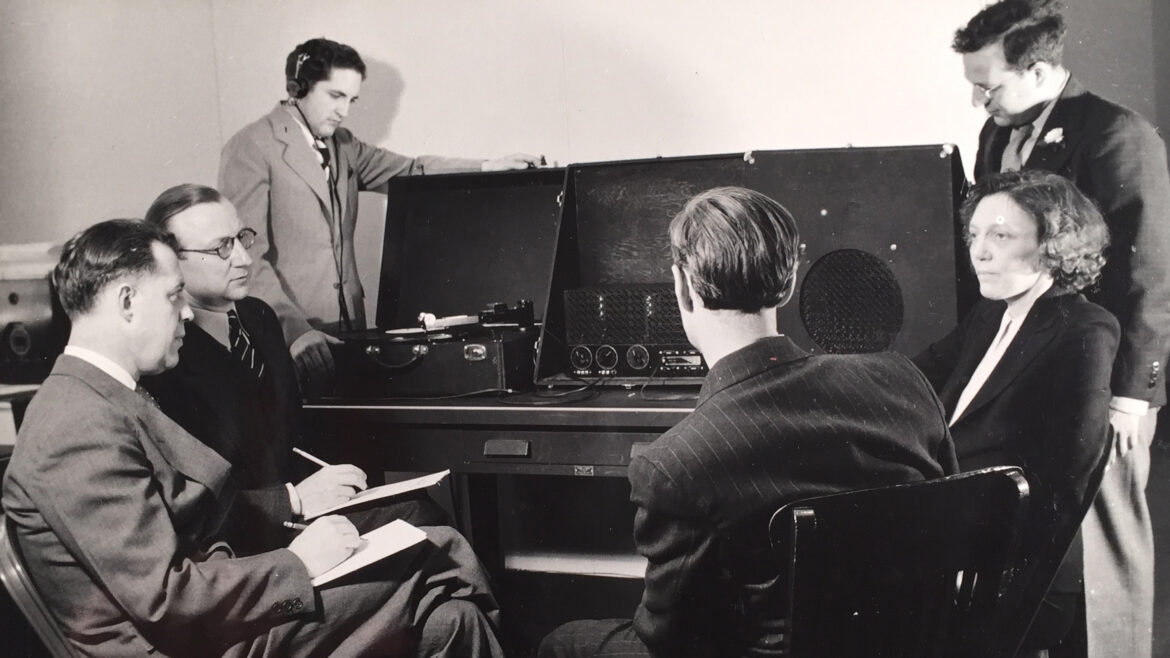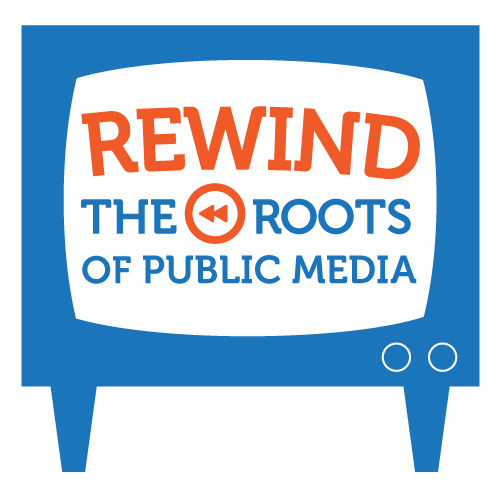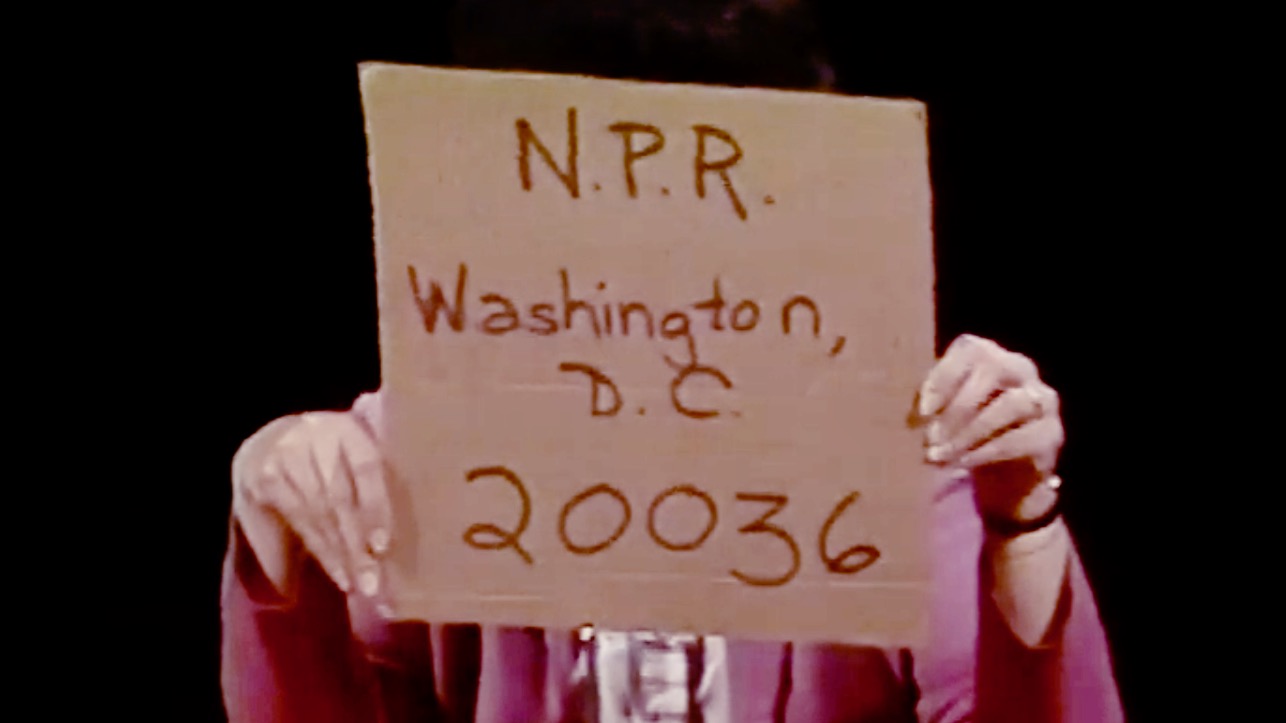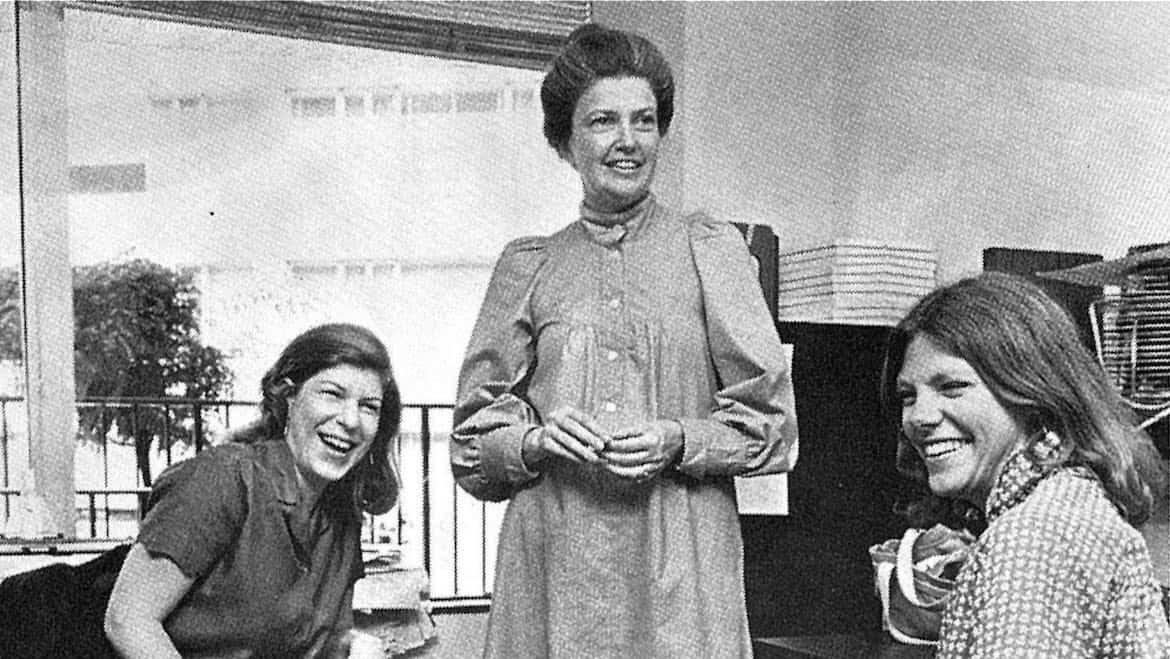New Deal docudramas provide ‘missing link’ in history of educational radio

National Archives
Radio Project director William D. Boutwell (seated, wearing glasses) takes notes while listening to a transcription recording of a program rehearsal.
The New Deal era of the 1930s was a time of innovative public-private cooperation in radio broadcasting that is little remembered today. As a result of political compromises enshrined in the 1934 Communications Act, the FCC created the Federal Radio Education Committee, which promoted “cooperative arrangements between educators and broadcasters on national, regional and local bases.”1
At the center of these cooperative arrangements were the U.S. Office of Education’s Educational Radio Project and the two big commercial radio networks, NBC and CBS. Between 1935–1940, the Educational Radio Project researched, wrote and produced thousands of hours of programs, and the networks gave their staff, studios and time in the schedule — about $3.5 million worth of airtime (over $65 million in 2021 dollars). These programs sometimes publicized New Deal programs but more often offered dramatizations aimed to show how government could improve the lives of citizens and how citizens could contribute to the democratic life of their country.
The story of the Educational Radio Project offers a direct line of connection — indeed, something of a missing link — between the efforts of educational broadcasters (to claim a sector of American broadcasting and to find a place on all stations’ schedules) in the late 1920s and early 1930s, and the establishment of station set-asides in FM radio and television that formed the infrastructure for later public broadcasting.2
Hybrid programming: dramatized documentary
The Educational Radio Project’s mission was to bring the entertainment skills of commercial broadcasters and the instructional expertise of educators together in a best-of-both-worlds hybrid. Director William Dow Boutwell and other Project leaders believed that the marriage of educational content and dramatic form would help realize the potential of radio for adult education in a democracy. The idea was that unless people were interested and engaged emotionally, they would not listen, and if they did not listen, they would not learn.
The result was the development of what, in our new book, we identify as a governmental dramatized documentary format.3 This quite distinctive and, again, not well-remembered radio genre drew upon existing commercial American models — dramatized documentary programs such as The March of Time (CBS, 1931–1937; NBC, 1937–1944) and Cavalcade of America (CBS, 1935–1939; NBC, 1940–1953). However, the creative program makers at the Educational Radio Project were also influenced by the British radio documentary tradition by way of interchange with the British Broadcasting Corp. Because they aired on commercial broadcasting networks, Project producers worked to create radio shows that would entertain large national audiences just as commercial radio did. The educational value they sought went beyond the factual content of the broadcast itself to affect and emotion — building, they hoped, the desire for more education and civic engagement among listeners.
Although the Educational Radio Project experimented with other broadcasting genres including the quiz show, soap opera and sitcom, most of its cooperative network productions were these kinds of dramatized documentaries. Among the most significant of the network series were Americans All, Immigrants All (CBS, 1938–39), Democracy in Action (1939–1940) and Gallant American Women (NBC, 1939–1940). Dramatized documentary (to be known as docudrama from the 1960s onward) can be defined as a fact-based portrayal of real events that uses dramatization, invented dialogue and music to excite and engage audiences.4 Unlike actuality documentary, dramatized documentary was produced in a studio by trained actors and did not involve the broadcast of recorded or live real-world vocals and other sounds. Dramatized radio documentaries used the acoustic tools of entertainment radio (sound effects, music, narration, voice performance) to create realistic, immersive environments at relatively low cost and with some efficiency. While dramatized documentary was a distinctive aspect of interwar U.S. radio broadcasting, Educational Radio Project shows were also shaped by a much longer American cultural tradition of merging entertainment and education, as exemplified in a range of popular cultural and mediated activities in the 19th century — most colorfully in P.T. Barnum’s American Museum and Buffalo Bill’s Wild West.
The strategy of recreating and dramatizing reality — and presenting that version of reality in a particular emotional or ideological register — provided a powerful claim to authority “through the trope of factualness.”5 This was a key insight of early 20th-century American public relations and advertising practitioners such as Edward Bernays and was also greatly appreciated by British documentarian John Grierson from the time of his first visit to the U.S. in the 1920s. When this mode was adapted and adopted by public institutions such as agencies of the U.S. government, however, it was easily critiqued as manipulation of perceptions or even as propaganda. The 1930s was haunted by propaganda and fear of propaganda. Educational Radio Project programs faced this charge both internally and externally, and it was something that administrators and producers had to grapple with — even when their programs promoted seemingly uncontroversial ideas such as tolerance.
The case of Democracy in Action
Democracy in Action was a 1939 series about “how Americans have used representative government to solve problems which they could not meet individually or in private groups.”6 The series tackled broad topics such as “Transportation,” “Conservation,” “Education,” and “The Arts.” Ambitiously, the program sought not just to provide information about how government worked and what it did, but also to teach Americans that democracy was a whole way of life, an ethical orientation and a way of thinking, one that was always fragile and in need of care and attention. The series carried the message that government was just us, that government did many good things — although even that message was, in the heat of controversies about New Deal expansion of government, liable to be heard as propaganda. But the programs were popular, and in light of the post–Cold War drift of American society towards attitudes of hostility to government, these public education campaigns stand out as of particular significance — a small part, perhaps, of the explanation for the higher faith in government of these generations of Americans.
Lessons of cooperation
The investment in dramatized documentary programming is one of the most notable developments of the Educational Radio Project. Project creatives viewed these programs as an ideal means for communicating educational and civic content to large audiences that had become accustomed to entertainment radio. Docudramas remain popular in television and streaming media today, with series such as Chernobyl (HBO, 2019) and When They See Us (Netflix, 2019) attracting global audiences. With the explosive popularity of podcasting audio formats, the dramatized documentary may again become a means of engaging listeners in the kind of educational and civic content that is so central to public media.
The Radio Project’s hybrid programming depended on innovative collaborations with entertainment media producers. The possibilities for similar public-private collaborations may be more limited today than in the 1930s, when national networks like NBC and CBS had substantial Educational Departments designed to produce programming in the public interest. Radio Project staff worked directly with their educational counterparts at the networks — Edward R. Murrow, Franklin Dunham, Walter Preston — to produce programs that would fulfill the FREC’s mandate. Public media today reach audiences through a variety of channels and are no longer dependent on a handful of broadcasters but nevertheless continue to think deeply about modes of mixing entertainment and education in their programming. The Radio Project’s broadcasting experiment, we think, can still offer inspiration and insight into the creative, educational and civic possibilities of public-private collaborations.
David Goodman is professor of history at the University of Melbourne in Australia, and Joy Elizabeth Hayes is associate professor of communication studies at the University of Iowa, Iowa City. They are co-authors of New Deal Radio: The Educational Radio Project (Rutgers University Press, 2022).
This essay appears as part of Rewind: The Roots of Public Media, Current’s series of commentaries about the history of public media. The series is created in partnership with the Radio Preservation Task Force, an initiative of the Library of Congress. Josh Shepperd, assistant professor of media studies at the University of Colorado Boulder, director of the LOC’s Sound Submissions Project and chair of the RPTF, is Faculty Curator of the Rewind series. Email: josh7759@colorado.edu
[1] “Summary of the Two Day Session of the Federal Radio Education Committee,” February 16 and 17, 1936, Box 45, NBC Records, Wisconsin Historical Society, Madison, WI.
[2] Hugh Slotten, Radio’s Hidden Voice (University of Illinois Press, 2009); James A. Brown, “Struggle against Commercialism: The 1934 ‘Harney Lobby’ for Nonprofit Frequency Allocations,” Journal of Broadcasting & Electronic Media 33, no. 3 (1989): 273-291; Josh Shepperd, “Infrastructure in the Air: The Office of Education and the Development of Public Broadcasting in the United States, 1934–1944,” Critical Studies in Media Communication 31, no. 3 (2014): 230-243.
[3] David Goodman and Joy Elizabeth Hayes, New Deal radio: The Educational Radio Project (Rutgers University Press, 2022).
[4] Derek Paget, No other way to tell it: Docudrama on film and television (Manchester University Press, 2016).
[5] Kathleen Battles, Calling all cars: Radio dragnets and the technology of policing (University of Minnesota Press, 2010), 61.
[6] “Democracy in Action, Script #17,” Box 2, Entry 174, RG 12, U.S. Office of Education, National Archives, College Park, MD.






